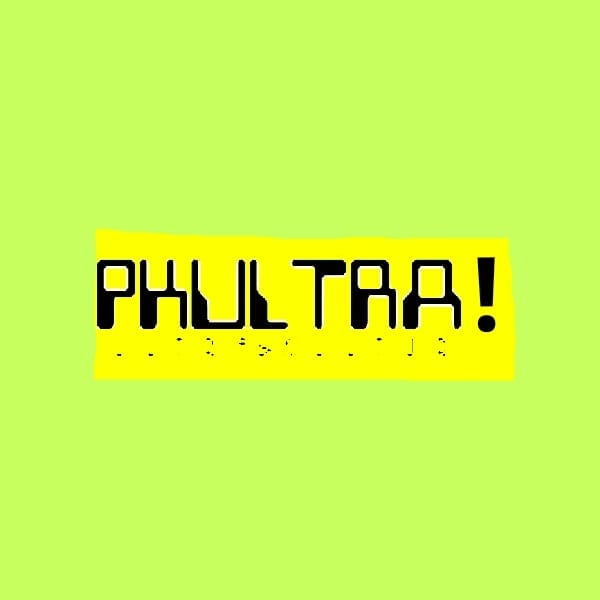
I first met Robert Storr in the winter of 2008, when he lectured on Kim Jones at the University Of Washington, as the concluding program for the University Art Institute. Met, perhaps is an overstatement, but more about that later. Mr. Storr, a renown curator, artist and, distinctly, something more in the consciousness of art, spoke in reference to Kim Jones and the VietNam war. The lecture was memorable for me, being the first time I had shared a room with the esteemed polymath Mr. Storr, though the particulars of his discourse did not register significantly in my memory. On the whole, Mr. Storr was well prepared, engaging, professorial and insightful, his intellect and acumen finding their way to the afternoon’s oratory. While Mr. Storr encouraged the assembled to see and understand Kim Jones work anew, bestowing in the process Storr’s considerable curatorial prowess, I began to create a story of my own around this lecture and lecturer. I was possessed, as I sometimes am, with a measure of audacity, sometimes illustrative of marginalia in textbooks, other times the basis for a more fully conceptual project such as a performative or objective work of art of my making. This particular instance, Mr. Storr’s unquestionable supremacy as categoric authority and definitive vaunted source of understanding of art struck me as allegorical to a public personage of great fame, such as befits a movie star or sports legend. In summation, someone whom was autograph-worthy. This particular instance, my reverie of story-making manifested itself with a staunch desire to obtain from Mr. Storr his very autograph. Once decided, I must confess I was less attentive to the details of Mr. Storr’s address, thinking how best to approach the podium and what I would say. My apprehension was silly, Mr. Storr graciously demurred to my caprice, and, further, found the presence of mind to perform his autograph with a fountain pen, flourished from a breast pocket of his smartly tailored suit jacket. I discovered at that moment, new to autograph requests, the exchange that takes place in the autograph process is thrilling, and gratifying. Since that time, I have gathered the signatures of other figures in the art world, topping the list; the autograph of Jasper Johns, who penned a short reply on the back of a Thomas Eakins postcard to a request I had written to Mr. Johns for a speaking engagement. Sometime later, I organized an exhibit at Form/Space Atelier featuring Robert Storr's Autograph, plus the work of dozens of other artists in the last group show exhibited at Form/Space Atelier.
The exhibit, customarily left untitled, of Robert Storr and Denzil Hurley, at Francine Seders April 6-May 6,2012, is composed of paintings by Mr. Storr and paintings plus assemblage by Mr. Hurley.
Robert Storr has been making art objects for more than thirty years, though his paintings haven’t been publicly exhibited for more than twenty years. The exhibit at Francine Seders comprised a grouping of four paintings, titled SP #’s 1,2,3 and 4, and give hints to the artist’s encyclopedic knowledge of hard-edged modernist themes, and homage to Robert Ryman, specifically. Mr. Storr published in 1993 critical review of Ryman. The pleasing scale of the four panels, executed in a horizontally bifurcated study of the extremes of value, make order of the space they intervene into. If there is a prayer evident in the construction of these two-dimensional surfaces, it is one of an oblation to return the chaotic contemporary world to peace and understanding. Other apparent shapes in the composition of SP 1-4 are those of dialogue balloons like those that appear above the cartoon characters in the paintings of Roy Lichtenstein. Eight red dots, two per panel, nod to gallery procedures of marking sold paintings with one red dot. Could commerce figure prominently in the narrative of this artwork? Cherries on top of an eskimo bar? The thought readily produces saliva. One feels persuaded Mr. Storr could produce a multivalent thread of descriptive information regarding his own artmaking simultaneously compelling, enlightening and gratifying. The appearance of the great white stag, the elusively exhibited artist Mr. Robert Storr, is a rare intrigue, and bodes auspicious for other individuals aspiring to multiple perspectives in the practice, curation and literary documentation of art. Whomsoever might fit that particular description.
The other half of the exhibit is a similarly rare showing of Denzil Hurley, faculty at The University of Washington School Of Art. Hurley has marshaled numerous rectilinear panels covered with black paint, and to which the artist has added various woody assemblage. The protuberances appear like signposts or icicles, dangling below the regimented grids of black-painted canvases. Conceivably, these woody attachments are one stick torn from a beaver lodge of sticks referencing the assemblage of Kim Jones. Viewing the groupings of Mr. Hurley's black paintings recalls a personal experience with parallel themes; in 2004, when I was invited by 4culture to provide a sample of my performative artwork, I was asked to document the performative sample at the recording studio of a well-respected Seattle artist. Black paintings adorned one wall of the artist's recording studio, at the same moment I was painting a series of black paintings in my own studio. The other artist commented with instantaneously-enunciated wisdom; “There are all kinds of blackness...” Applying this succinct philosophy in reverse, modern times have proliferated a “blackness” that encourages the culturally-aware to examine Mr. Hurley's salient suggestion, and perhaps reconsider our own identities, past, present and future.

No comments:
Post a Comment